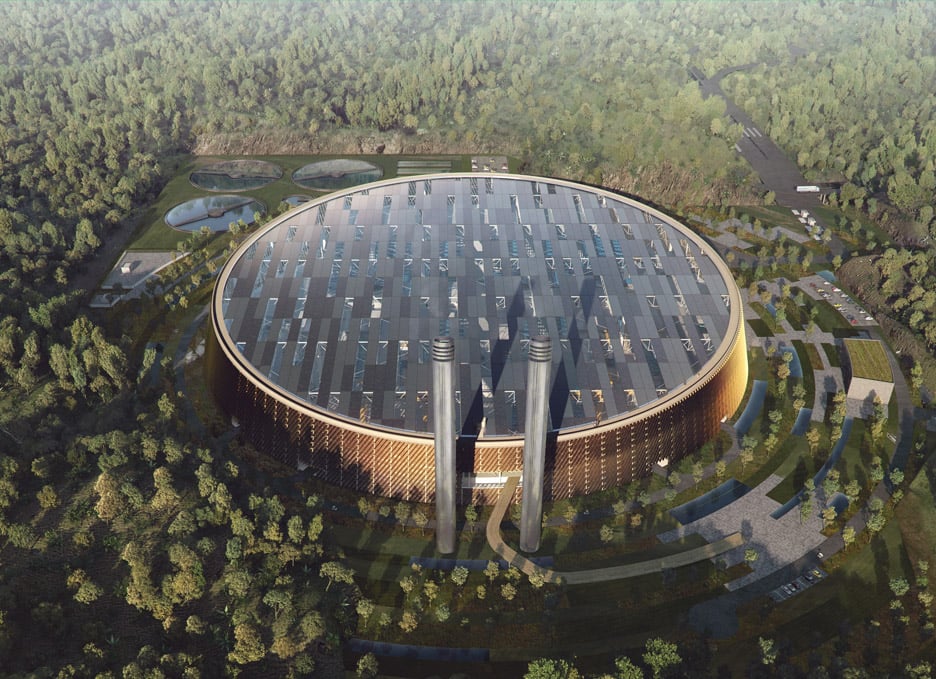
Contents
Introduction
The topic of public perception and acceptance of waste-to-energy (WtE) facilities is crucial in the pursuit of sustainable waste management solutions. With a growing need to address the waste crisis and mitigate environmental impacts, WtE facilities offer potential benefits that must be understood and embraced. However, these facilities also face challenges and controversies influenced by public perception and acceptance.
Historical Background
WtE facilities have a rich history, evolving with different technologies. Over time, significant milestones and events have shaped public perception and acceptance. From the early adoption of incineration processes to advancements in gasification and anaerobic digestion, WtE facilities have improved waste management efficiency.
Key Concepts and Definitions
To fully grasp the significance of public perception and acceptance, it is essential to define key terms. WtE facilities refer to infrastructure that uses waste materials as an energy source. Waste management involves creating sustainable systems to handle waste effectively. Energy recovery is the process of harnessing heat or electricity from waste materials. Public perception encompasses individuals’ opinions and attitudes towards WtE facilities, influenced by factors like social acceptance and the NIMBY syndrome.
Main Discussion Points
Environmental and Energy Benefits
WtE facilities offer significant environmental benefits by reducing landfill waste through energy conversion, minimizing the release of harmful pollutants. They also contribute to a more sustainable energy mix by recovering valuable resources from waste. Numerous examples and research studies confirm the positive impact of WtE facilities on the environment and energy production.
Health and Safety Considerations
Addressing concerns related to potential health and safety risks associated with WtE facilities is crucial. While emissions, air quality, and noise pollution are valid concerns, strict regulations and mitigation measures are in place to ensure safe operation. Case studies and research demonstrate that properly managed WtE facilities have a minimal impact on health and safety.
Community Engagement and Decision-Making
Involving communities in the decision-making process for WtE facilities is essential for successful implementation. Effective community engagement strategies, such as transparency, education, and participatory approaches, foster understanding and acceptance. Numerous successful initiatives worldwide showcase the importance of including the public in shaping the future of waste management.
Case Studies or Examples
Presenting real-world case studies offers valuable insights into varying levels of public perception and acceptance. Both positive and negative examples highlight the factors that influenced outcomes. Analyzing these case studies enables us to learn from past experiences and identify best practices that can enhance public acceptance of WtE facilities.
Current Trends or Developments
Understanding the current landscape requires discussing recent trends and developments in WtE facilities. Advancements in technology and innovation play a significant role in improving efficiency and sustainability. Recent research findings and surveys on public opinion and acceptance provide valuable insights into the current mindset of communities.
Challenges or Controversies
WtE facilities face common challenges and controversies, including the NIMBY syndrome, misinformation, and opposition from environmental groups. Presenting different viewpoints and arguments from both proponents and opponents helps develop strategies to address these challenges and promote better understanding and acceptance.
Future Outlook
Speculating on the future of WtE facilities is imperative for long-term planning. Potential advancements in technology, policy, and public engagement can shape how these facilities are perceived and accepted. Continued research, innovation, and collaboration are vital to increasing public acceptance and understanding.
Conclusion
Public perception and acceptance significantly influence the success of waste-to-energy facilities. Understanding the potential benefits, addressing concerns, and engaging communities are crucial steps towards achieving sustainable waste management. By promoting balanced and informed public perception, we can ensure a brighter and more sustainable future for WtE facilities.